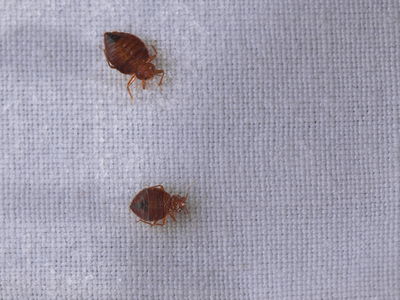Purpose of IPM
People have diverse views and preferences about pesticide use. The public generally believes that insects, diseases, and other pests need to be controlled, but most also believe that there are effective alternatives to pesticides. This diversity has important implications for public policy, marketing, and risk communication. The public is becoming increasingly concerned about the impacts of pesticides on their health and the local ecosystem. Pesticides are not a homogeneous group of chemicals. There are many different chemicals with many different characteristics, potential health risks and potential environmental effects.
Most public agencies have some responsibility for pest control, often associated with public health, natural resource management, or maintenance. This pest control responsibility includes the use of pesticides. However, frequent pesticide use in highly populated areas increases the risk and probability of pesticide exposures.
Due to the potential effects of pesticide use on environmental resources, regulatory agencies are highly concerned about non-point source pollution. Local governments have a particularly difficult job complying with new regulations due to the size and complexity of the areas they maintain. Increasingly, their managers are asked to develop pest management plans for many different ecosystems and sites.
The approach known as Integrated Pest Management (IPM) is an integrated, systematic approach to managing pests. Public agencies must invest time and money to increase employee knowledge of pest ecology and biology and reduced-risk control strategies. The implementation of IPM programs for pest control in public agencies will reduce the amount of pesticide introduced into the environment. Employees of public agencies require experience in maintaining diverse ecosystems while dealing with many different types of pests.
IPM, a long-term, sustainable strategy is an evolving process. Together, government agencies, universities, and other organizations can provide up-to-date, accurate information for effective pest management. Prevention, education and technical assistance continue to be the keys to the success of this program.

